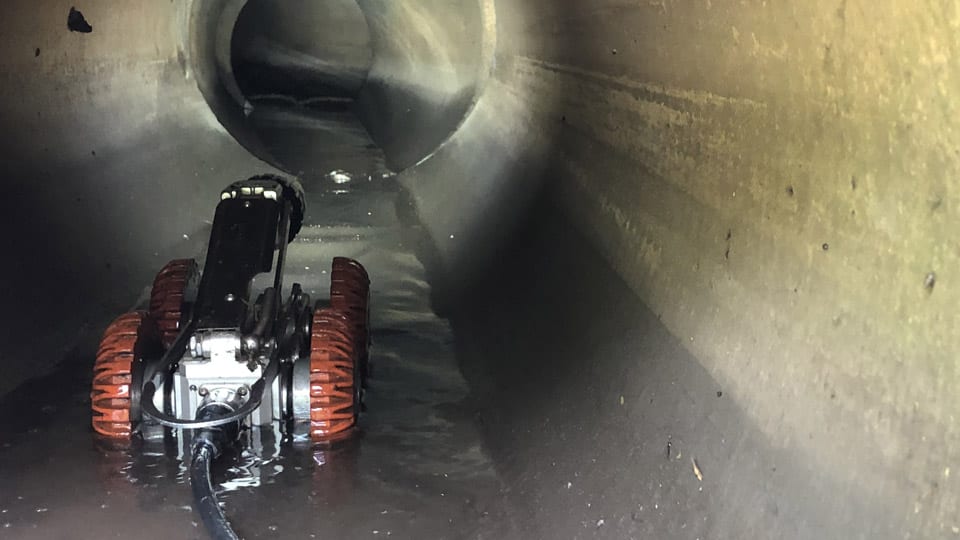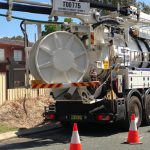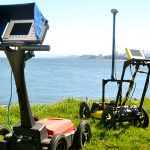Benefits in Using CCTV for Pipe Inspections

Regular inspection of pipes is important but arguably more vital is choosing the right equipment while on the job. Choosing the right tools can mean your inspection is of higher quality and able to pick up on even the smallest of defects with ease.
When it comes to pipe inspections, CCTV technology has to be one of the most under-valued and under-utilised tools. Most safety inspectors don’t think to turn to this deceivingly simple piece of technology, instead opting for more complex and more expensive pieces of equipment.
However, closed-circuit television (CCTV) technology can be a boon to any industry. Conventionally used to asses the structural integrity of pipework, it can also be used for locating utilities underground. Here, we list the benefits of CCTV technology in a bid to improve the quality of your inspection toolkit.
Non-invasive
Above all else, CCTV is non-invasive. Its small size and flexibility means it can be inserted into the smallest pipework, without fear that the technology will damage the structural integrity of the pipes. Important for both safety reasons and long-term cost benefits, its non-invasive nature makes it a welcome addition to any high-powered industry.
Video log of entire network
Enhance your record keeping with an extensive log of your whole pipe network. CCTV automatically records footage so that, if anything comes up in the future, you’ll have a complete log of all problems with a timestamp on when they occurred and inclination of your entire pipe network. This can aide problem solving at any moment in time.
Identity infrastructure that has been buried
Sometimes it is difficult to see with the naked eye – or using other technology – whether there is an obstruction, particularly when the blockage is buried underground. CCTV helps you identify these swiftly, including noticing when manholes are covered with an asphalt overlay or similarly buried under fill material.
Some limitations to consider
With any great technology comes some limitations.
Number one, it can be difficult to find the right camera to fit into the pipe. You need to assess the pipe diameter and choose the correct unit to fit, which at times can prove difficult to identify.
Number two, it’s also important to travel through large pipes, pits and connections – here, convoluted and intertwining pipework (ie. Drop pits) may pose an issue for the movement of the CCTV through the network.
Despite these limitations, it couldn’t be easier to introduce CCTV technology into your worksite, to start seeing the benefits sooner.
Related Posts

Telstra Accreditation
Any company wishing to work in the Cable and Plant Locating industry is required to be Telstra Accredited.
Read more
Using GPR for Pavement Investigations
Ground penetrating radar, also known as GPR, is a method of mapping the subsurface of the ground. It is a non-destructive imaging method that uses electromagnetic radiation and detects the reflections from subsurface structures.
Read more
Benefits in Using GPR for Utilities Location
We work hard to make sure our tools and procedures are always at the cutting edge of what’s available.
Read moreTalk with us today to find out more
Please call and speak with one of our friendly members of staff or send us an email using our contact form